The Causes of Climate Change: Understanding the Driving Forces
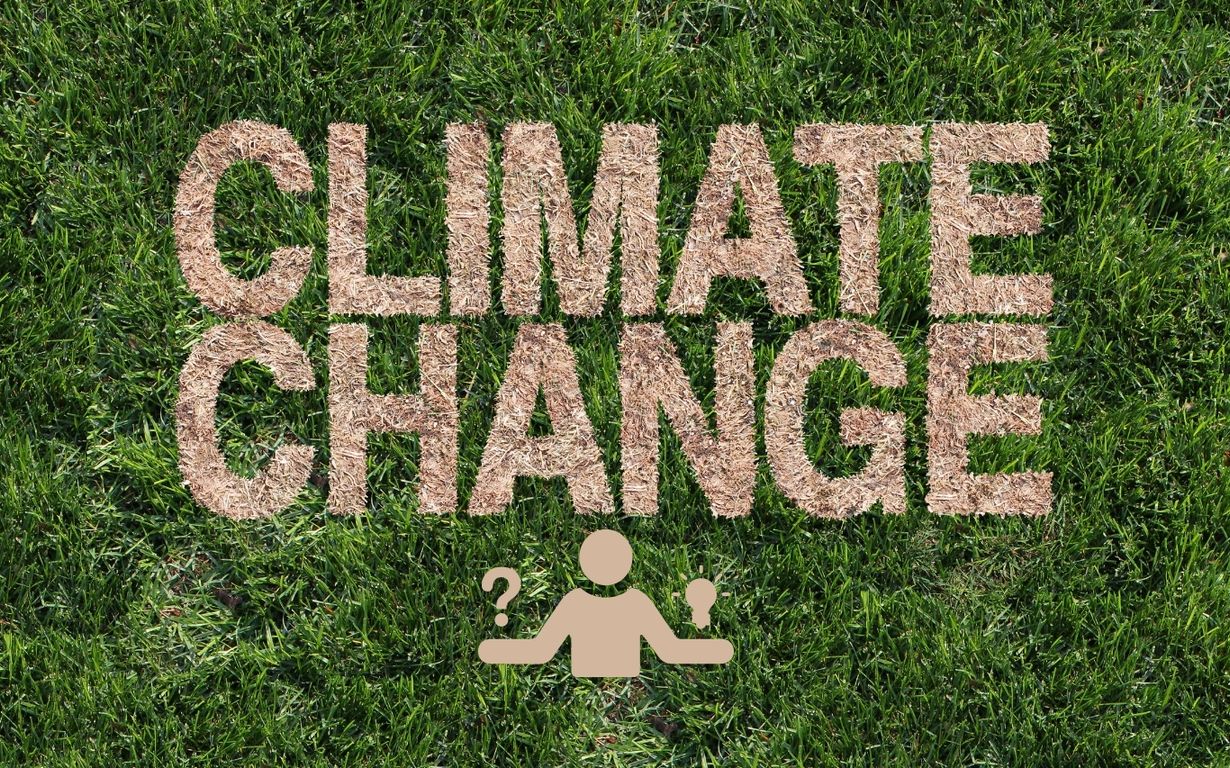
Climate change is one of the most pressing challenges facing our planet today. It refers to long-term shifts in temperature, weather patterns, and atmospheric conditions. While climate variations have occurred naturally over millions of years, the rapid changes observed in recent decades are primarily caused by human activities. This article explores the major cause of climate change and their impact on the environment.
1. Greenhouse Gas Emissions
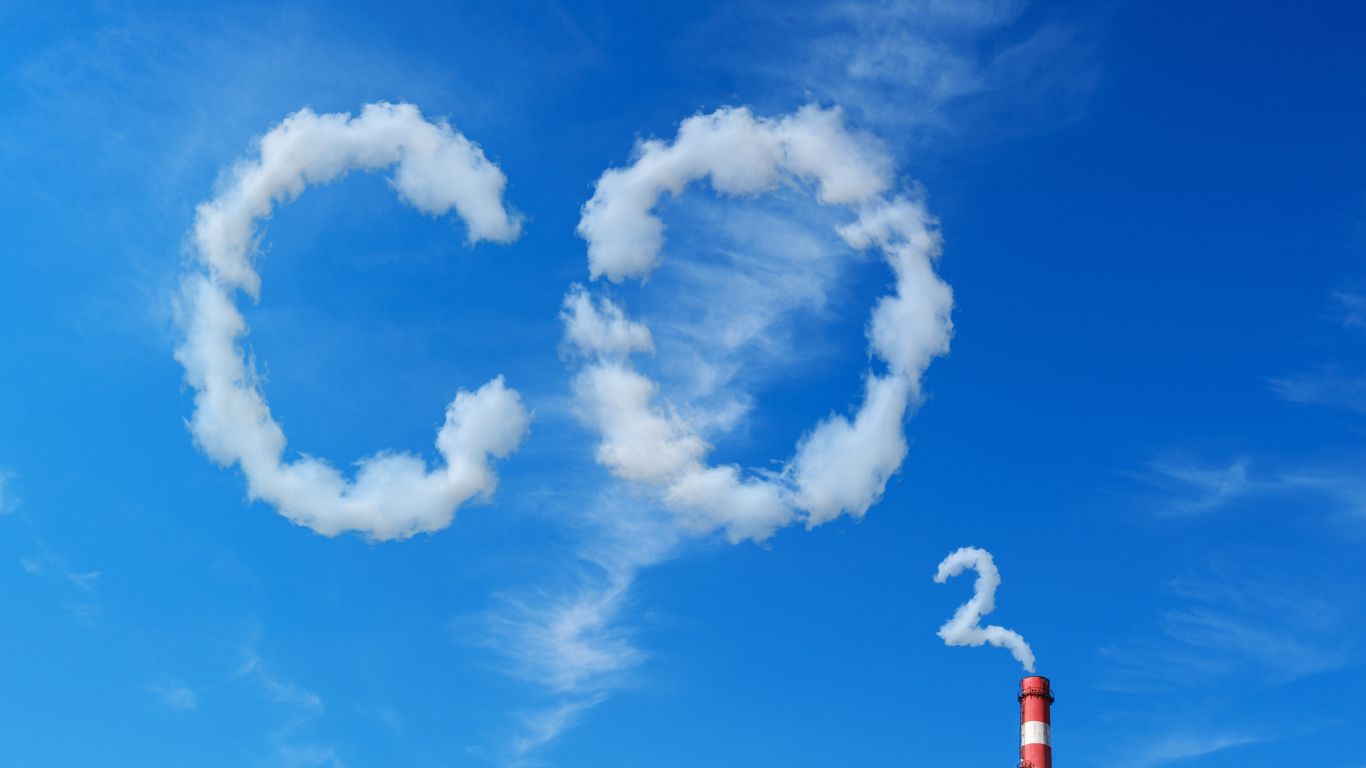
One of the primary causes of climate change is the increased concentration of greenhouse gases (GHGs) in the atmosphere. These gases, including carbon dioxide (CO₂), methane (CH₄), and nitrous oxide (N₂O), trap heat from the sun, leading to global warming.
Sources of Greenhouse Gases:
- Burning Fossil Fuels: Coal, oil, and natural gas combustion for electricity, transportation, and industry release large amounts of CO₂.
- Deforestation: Trees absorb CO₂, and cutting them down reduces this natural carbon sink while also releasing stored carbon.
- Agriculture: Livestock farming produces methane, a potent greenhouse gas. The use of nitrogen-based fertilizers also contributes to nitrous oxide emissions.
Impact on Climate
The accumulation of GHGs in the atmosphere has led to a rise in global temperatures, resulting in erratic weather patterns, more intense storms, and melting ice caps. The rise in sea levels caused by global warming threatens coastal communities and biodiversity.
2. Industrialization and Energy Production
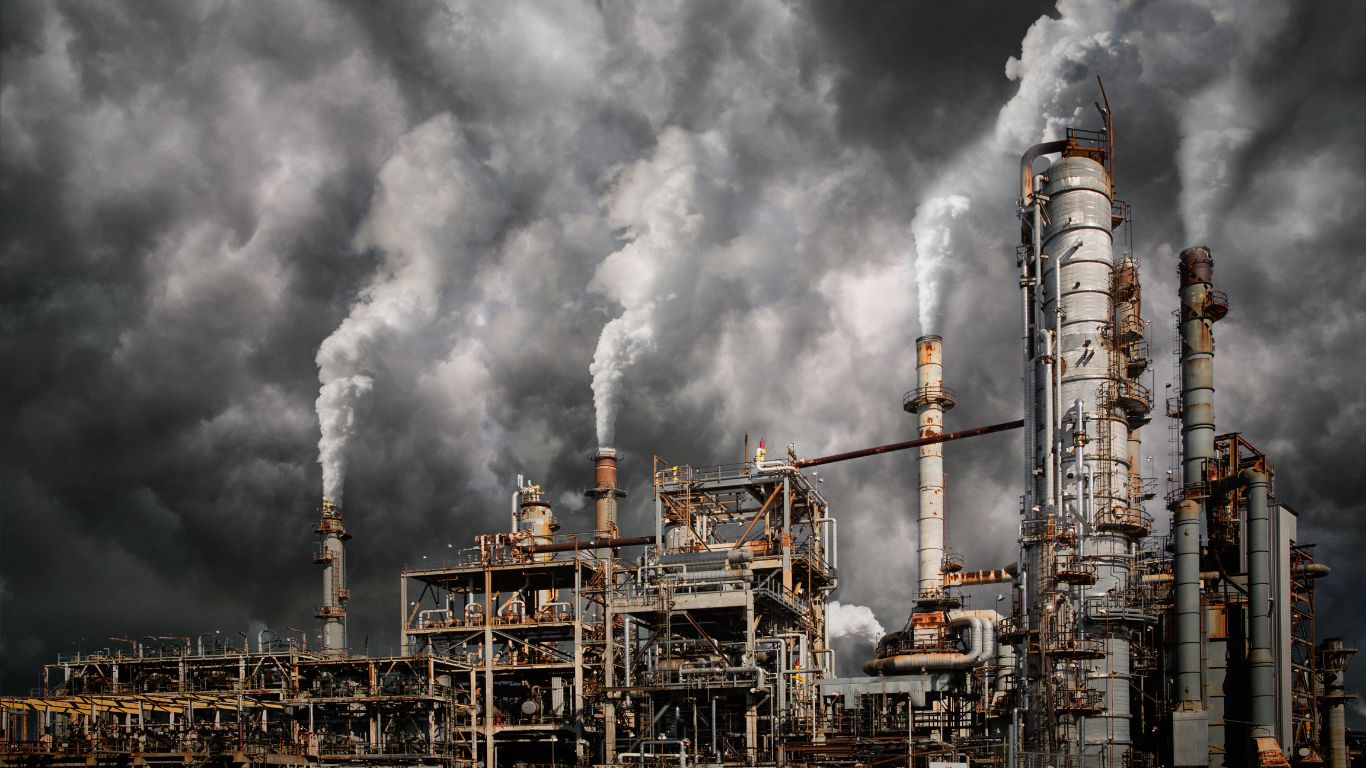
The rise of industrialization has led to increased energy consumption, mostly derived from fossil fuels. Factories, power plants, and vehicles emit pollutants that contribute to global warming. The reliance on coal-powered plants, in particular, has significantly accelerated climate change.
Major Industrial Contributors:
- Manufacturing and Processing Industries: Factories release large amounts of CO₂ and other pollutants into the air.
- Power Plants: Coal and natural gas power plants generate electricity but contribute significantly to GHG emissions.
- Transportation: Vehicles powered by gasoline and diesel emit CO₂ and other harmful gases into the atmosphere.
Impact on Climate
Industrial emissions contribute to air pollution, acid rain, and the depletion of the ozone layer, which further exacerbates climate change. The energy sector must transition to renewable sources like solar, wind, and hydroelectric power to mitigate these effects.
3. Land Use Changes and Deforestation
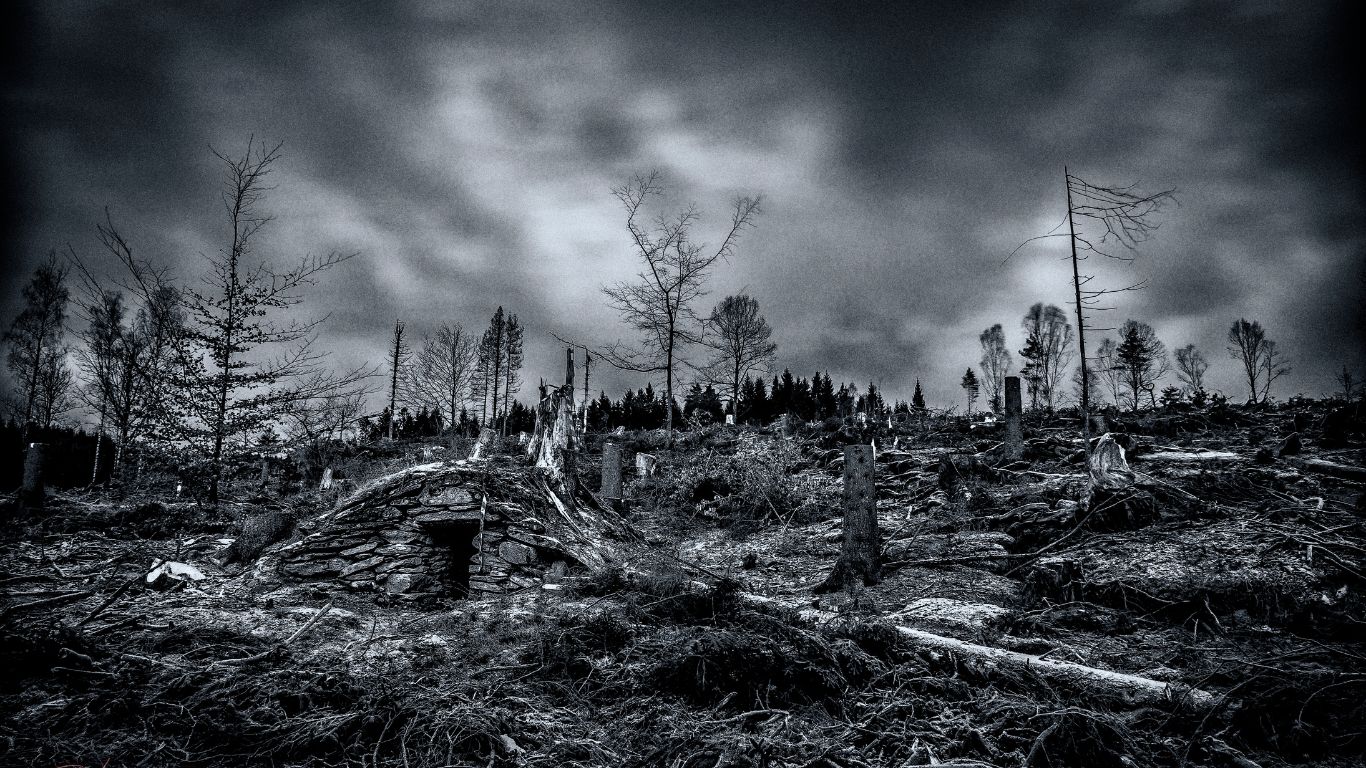
Forests act as carbon sinks, absorbing CO₂ and regulating temperature. However, large-scale deforestation for agriculture, urban expansion, and logging disrupts this balance, increasing greenhouse gas levels in the atmosphere.
Reasons for Deforestation:
- Agriculture: Expanding farmland for crops and livestock often involves clearing forests.
- Urbanization: Growing cities require land for infrastructure and housing.
- Logging: Timber and paper industries contribute to deforestation at alarming rates.
Impact on Climate
Deforestation not only increases CO₂ levels but also disrupts rainfall patterns and leads to soil degradation. Restoring forests and promoting sustainable land use practices are essential to combating climate change.
4. Pollution and Waste Management
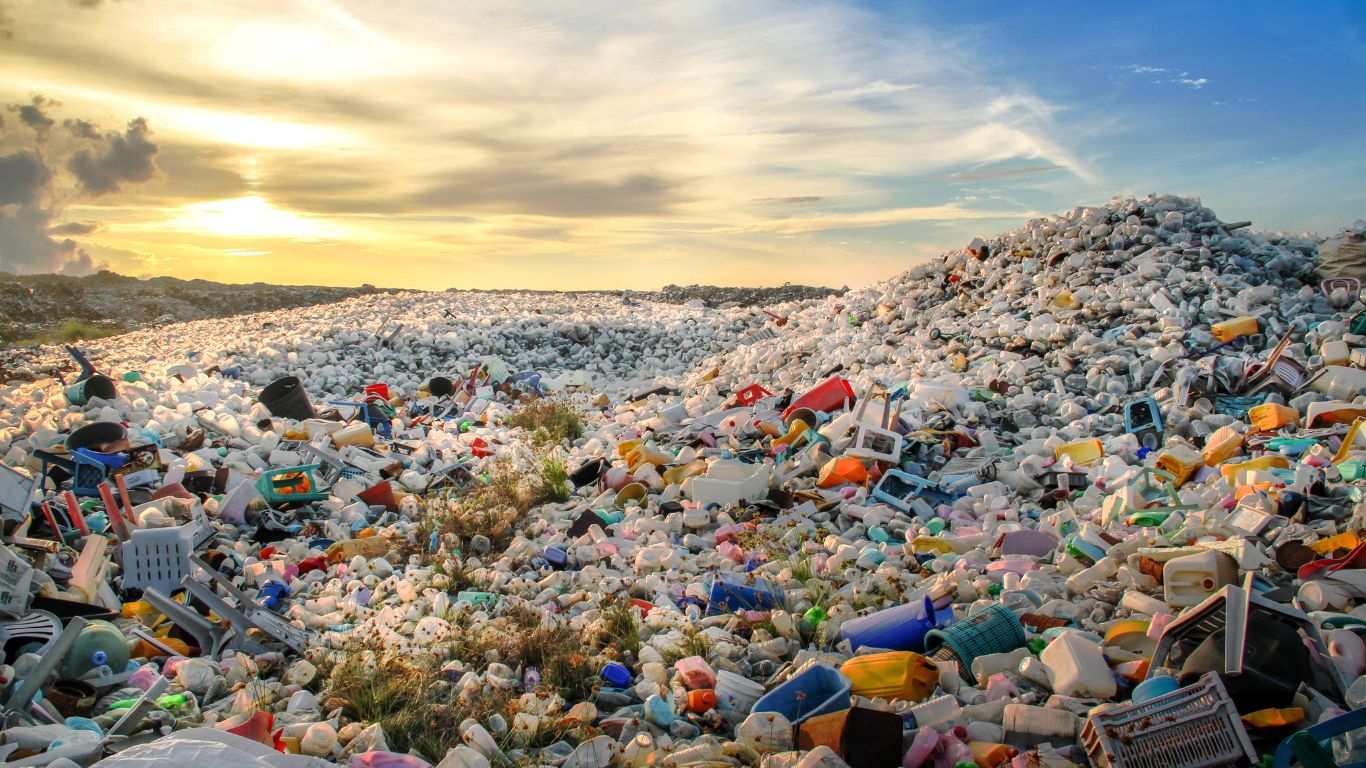
Industrial and household waste, especially plastic pollution and landfill emissions, contribute to climate change. Decomposing waste releases methane, which is about 25 times more effective at trapping heat than CO₂. Poor waste management exacerbates environmental degradation and disrupts ecosystems.
Major Pollutants:
- Plastics: Non-biodegradable plastics clog ecosystems and release microplastics into the environment.
- Hazardous Waste: Industrial waste, including chemicals and heavy metals, contributes to pollution.
- Electronic Waste: Discarded electronics release harmful toxins when not disposed of properly.
Impact on Climate
Poor waste management leads to increased methane emissions, water contamination, and destruction of habitats. Encouraging recycling, composting, and sustainable waste disposal methods can help mitigate these effects.